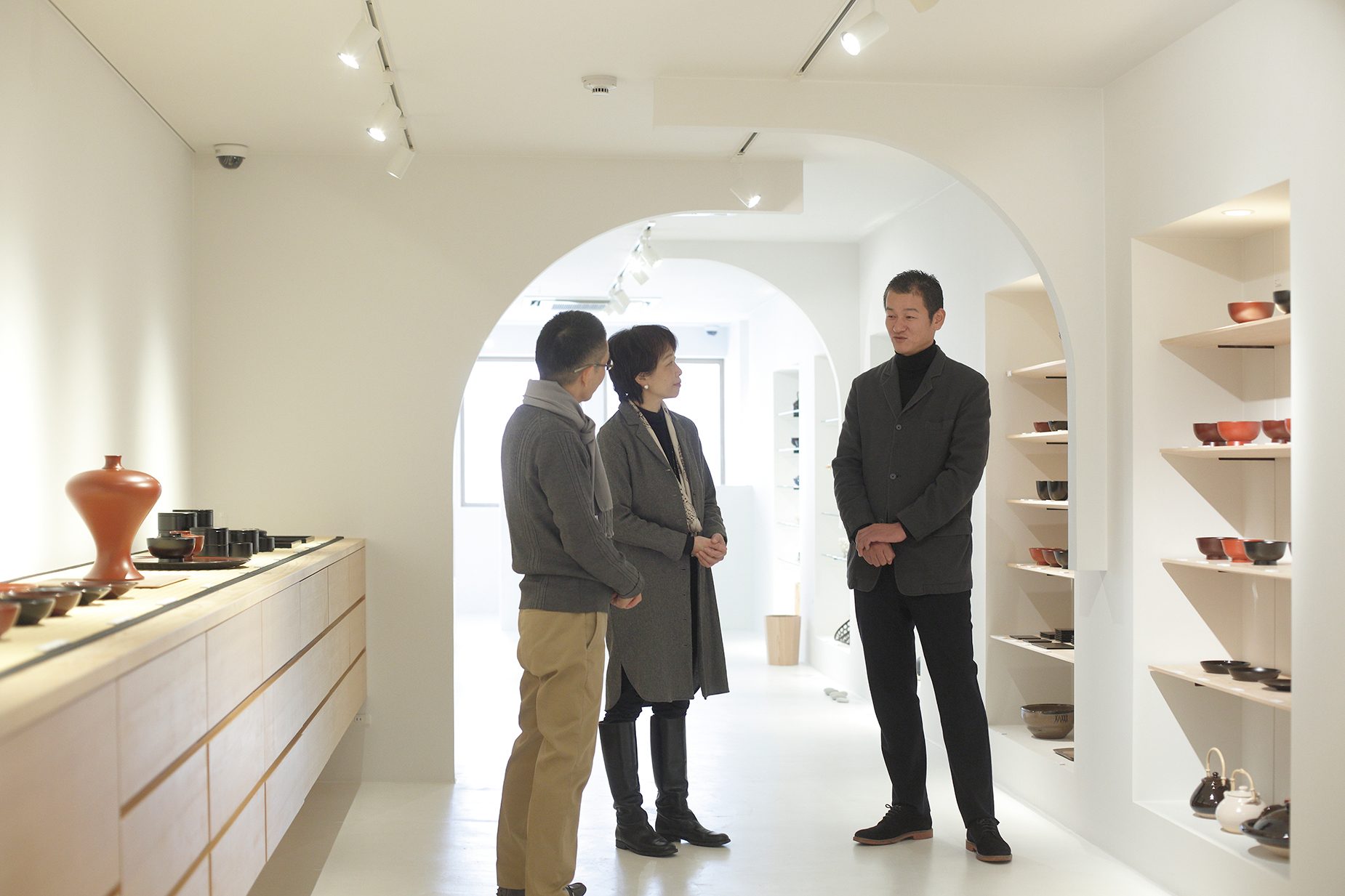People
Craft Shop, YAMAHON: Searching for Artists’ Works that are Enlivened in Everyday Life
People
Craft Shop, YAMAHON: Searching for Artists’ Works that are Enlivened in Everyday Life

Partenaire de contenu
KYOTO CRAFTS MAGAZINE was established with the aim of observing, reporting, and archiving the current and future aspects of lifestyle, culture, and industry of the locally rooted crafts and the people involved with them.
Partenaire de contenu

KYOTO CRAFTS MAGAZINE was established with the aim of observing, reporting, and archiving the current and future aspects of lifestyle, culture, and industry of the locally rooted crafts and the people involved with them.
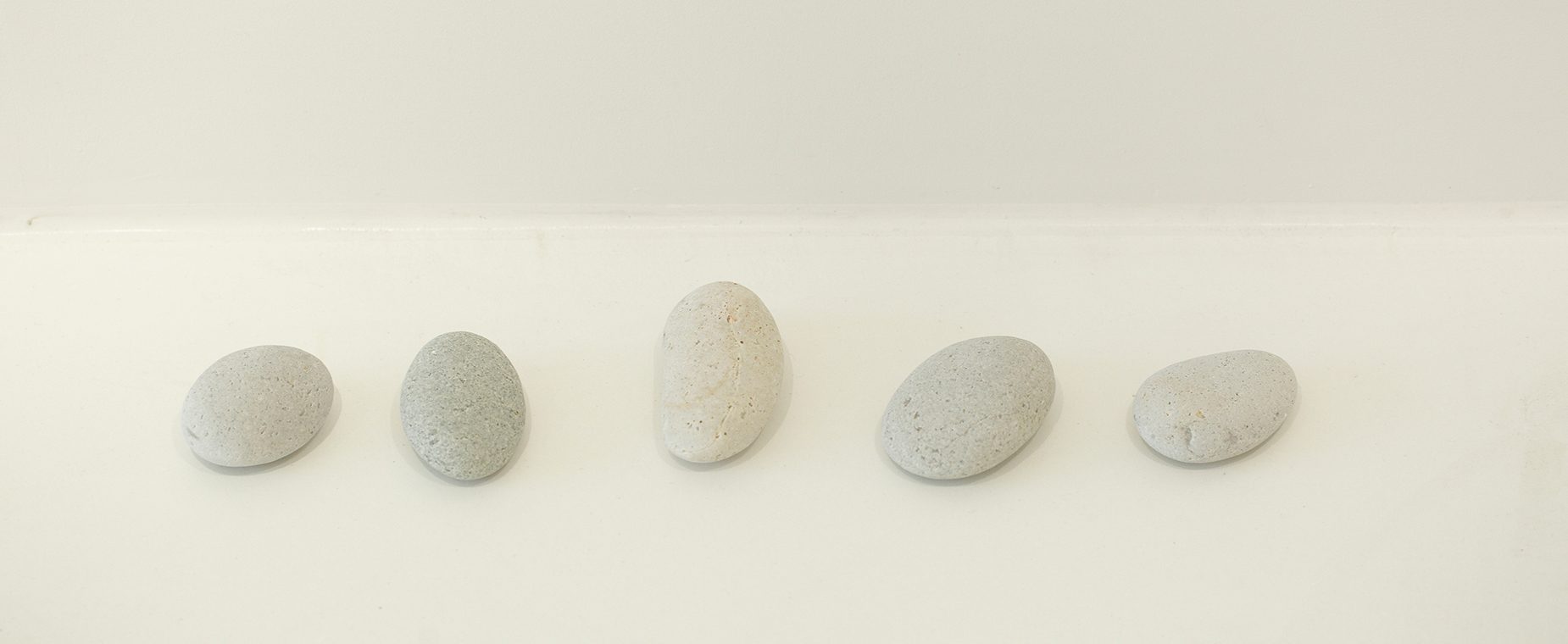
In 2017, the shop moved to Teramachi Bijutsu-dori (Teramachi Art Street ) area where craft shops line the streets
Akemi: We’d always been curious about YAMAHON, but because your shop is closed on the same day as ours, we hadn’t been able to visit. Although it was closed, we have taken a look at the headshop in Iga, just to get a sense of the place and the building, on our way to the MIHO MUSEUM.
Shogo: We must have looked suspicious, looking into the shop from outside on the day it’s closed (laughter). Recently, when I heard that your Kyoto shop moved from Gojo Teramachi to right near our shop, I was so happy that I visited right away.
Yamamoto: I really liked my old shop, too. I didn’t plan to relocate the shop, but I just happened to be told that this property in a good location opened up, so I moved.
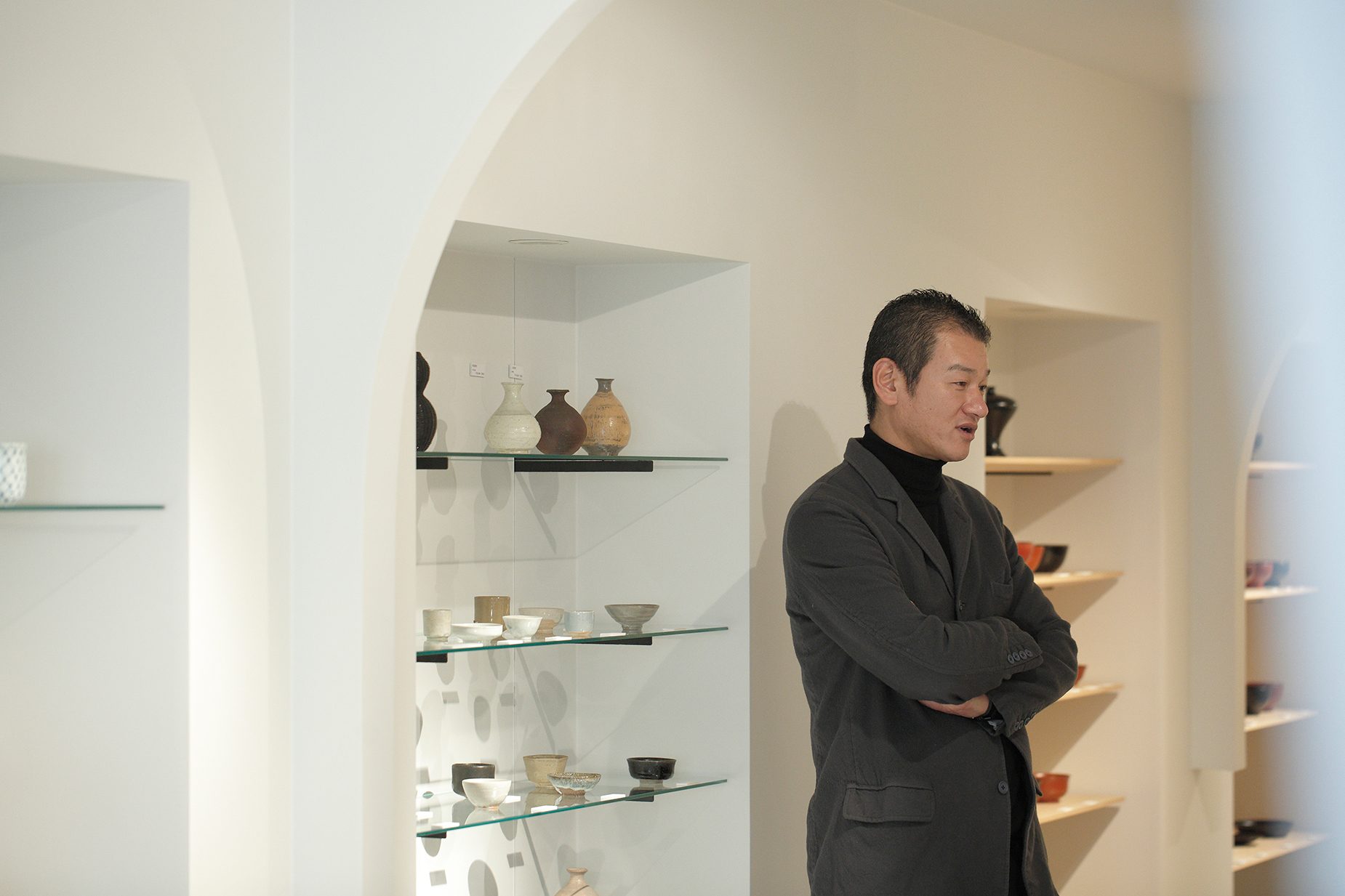
Yamamoto is from a family that runs a pottery workshop, but it was his architectural skills that made him start his career as a gallery owner
Shogo: The feeling of this space is distinct: sharp in a way. I hear that you also design architecture. Is this shop your own design?
Yamamoto: Yes, it is. It used to be two separate rooms, but I did a major renovation: I took out one wall, covered the windows with a white wall, and had plasterers finish the floor. The shape of the space is longitudinal, which means that people tend to pass through easily, but I applied arches to create pulls that intentionally break the flow so people will stop and spend time looking at the works.
I worked at an architect’s office and a construction company between the age of 18 to 23, so I intended to make a living as an architect. But, when I was 24, my father fell ill. Then, I went back home for a while to help the family business, a pottery workshop, with my older brother. Even then, I hadn’t given up on working as an architect, so I decided to test my ability by renovating a storehouse on the property of the workshop: that’s how YAMAHON started out.

Selecting work of fine taste: Not eccentric, not trend-conscious
Akemi: When I was making a chabako set (Chanoyu/tea ceremony utensils in a box to be used outdoor), I had trouble finding tea whisk cases and cloths for tea bowls because they are not usually available as antiques. Then, I found something I like at YAMAHON, Yoshimichi Yoshida’s tea whisk case, and bought it.
Shogo: We are very fond of YAMAHON’s curation, similar to ours in a way. The sharp lines and the beautiful forms are in common. I don’t know a lot about artists, so I don’t know if they are works by famous artists or not, but they all exude a very sophisticated feeling, and none of them project a lack of refinement.
Akemi: I think the selection has a mature feeling so that they can be enjoyed together with antiques without any sense of dissonance. How do you choose the artists?
Yamamoto: It’s been 18 years since I started running a gallery, and now there are more artists who come to me saying they want me to “have a look” at their work, rather than me going out to find artists. However, even if I think the work is nice, I seldom decide to carry their works after only meeting them once. Some people continue to come, and some don’t. I take my time and make the final decision after I feel that I’ve gotten to know the person well.
Artists at the beginning of their careers often face unstable situations, so I try to only choose the works of artists who are able to take the next step forward with strong determination and will power.
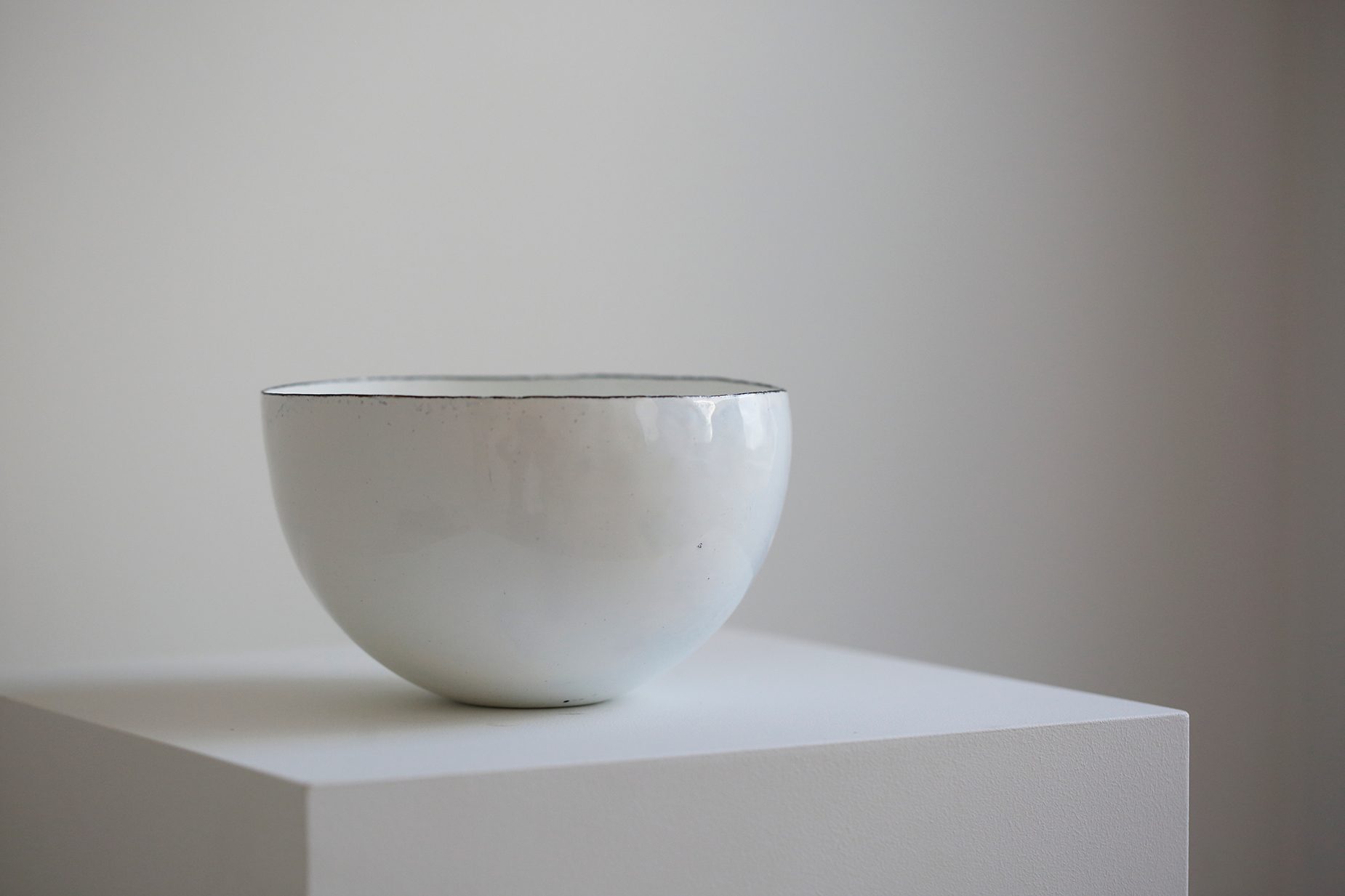
Akemi: Among the artists that YAMAHON deals in, I like Masaki Kanamori’s works. They are quite unique, aren’t they?
Yamamoto: Yes, the artist of metalwork. He has been coming as a customer for more than ten years, and I just recently started to show his works. First, he buys brand new iron plates and lets them weather and oxidize for five or ten years. Then, using the iron that has rusted, and even with holes, he makes works that fully exploit the qualities of iron. I think it’s rare to meet an artist like him who can see through such long spans of time.
Shogo: The way he makes pieces that are identical to ancient iron bowls amazes me. As an antique dealer, I must say they are the kind of dangerous things that could deceive us (laughter).
Yamamoto: The Karatsu ceramic artists are also interesting. It’s said that in the old days people used to make Karatsu ceramic ware by grinding sandstone instead of using clay. An artist called Yasumoto Kajihara produces his pottery by using the sandstone. In addition, he painstakingly peels off the bark of cedar firewood, so he only uses the wood part, and then he fires an ascending kiln with them for about three hours to bake his works. The foundation of contemporary pottery is based on the Momoyama revival (a revival of the late sixteenth century style) in the mid-twentieth century, but artists like him question such preconceived approaches and go on to rediscover the original Karatsu ceramics. I am recently paying a lot of attention to pottery artists such as Naoto Yano, Ryohei Yamamoto, and Mayumi Hamano, who are searching for Karatsu in a new direction like Yasumoto Kajihara is doing.
Shogo: It has a classical feeling like an early Edo period (early seventeenth century) piece would have. I think that people in Kyoto think highly of white porcelain that is pure, without iron matter, but when you decide to ignore such pre-existing expectations, I see that it results in making excellent pieces of work like these.
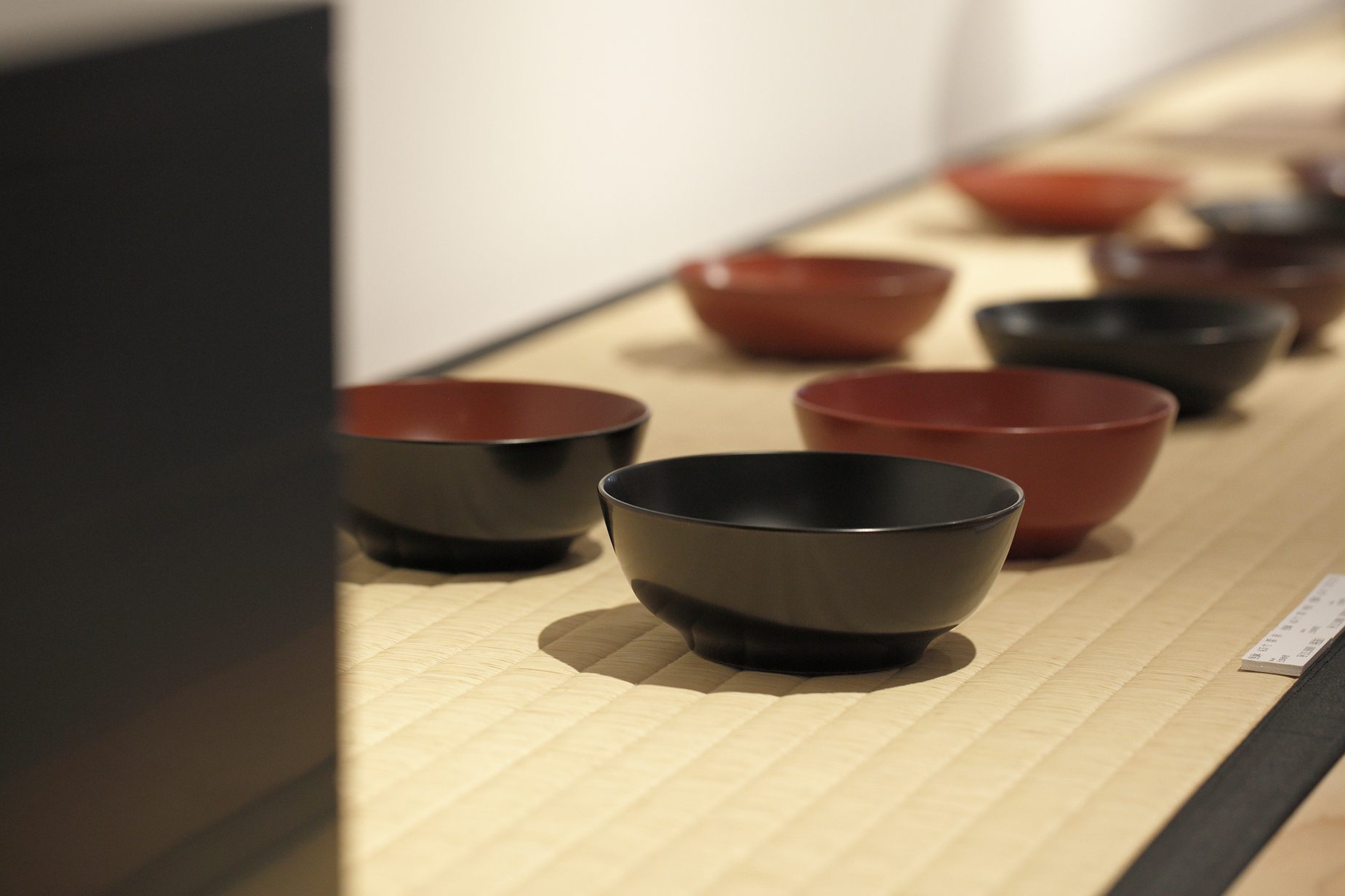
Dealing in antiques, dealing in contemporary works
Akemi: One time, a person from a gallery in Tokyo that deals in contemporary artists’ work told us, “ It’s hard for us to deal in contemporary artists’ work because we feel the responsibility to sell a good amount for the artists’ sakes. Antique dealers are lucky that they don’t have to feel such a burden because the artists are already dead.”
Shogo: Sometimes, when we judge that something is good by intuition, we later find out that it’s fake or that, “It’s really not old at all!”
Yamamoto: So your trade has its own difficulties. In my experience, working with living people can mean that conflicts can occur, so it can be difficult unless you share at least some common grounds. Otherwise, people sometimes think I’m impertinent. This year I turned 44, and I finally feel like I’m ready to handle tea bowls (for Chanoyu/ tea ceremony). That’s one thing I’m looking forward to this year.
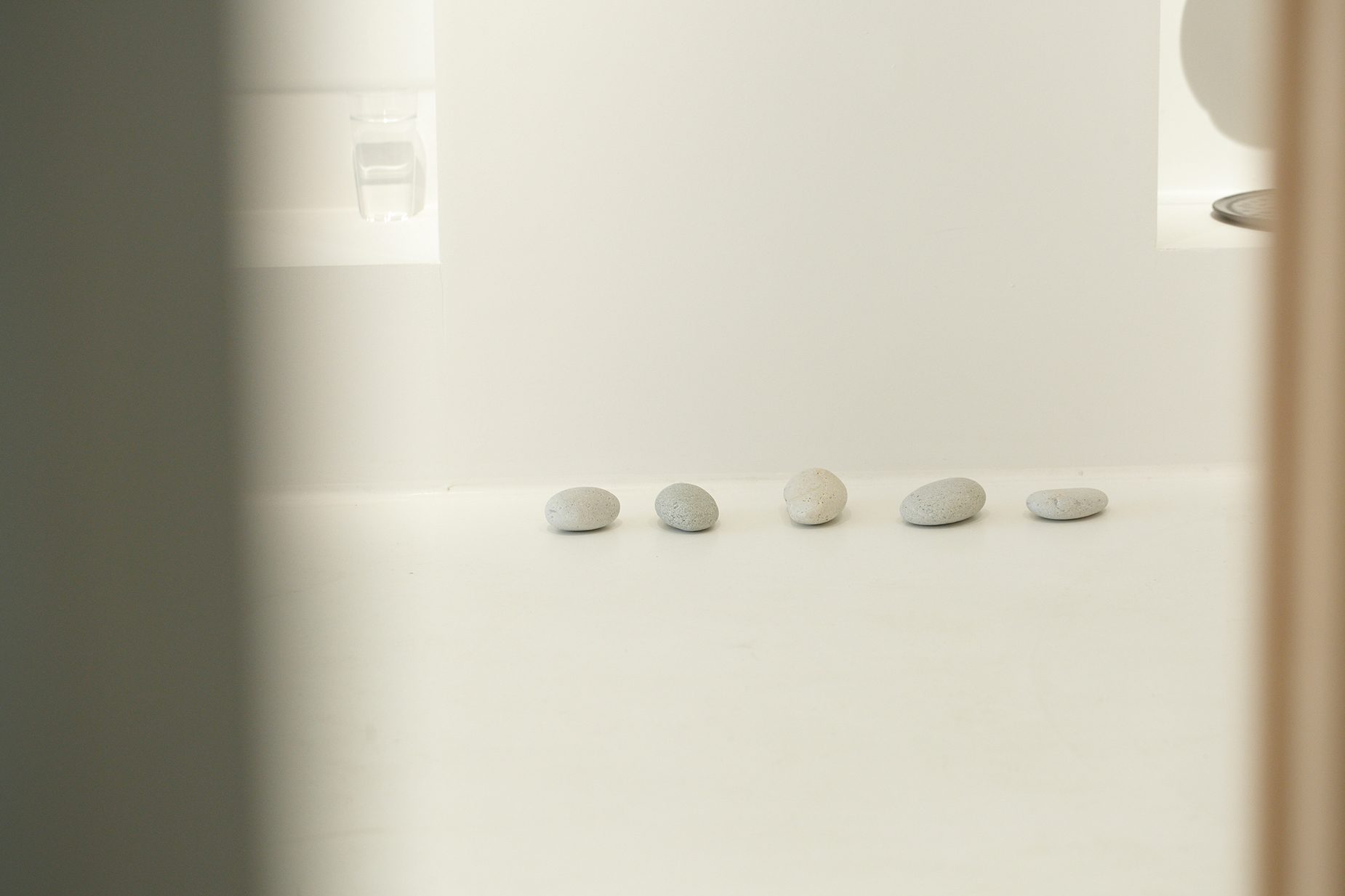
There are some pebbles lined up by the entrance. Do they have a special meaning?
Yamamoto: They are just pebbles … that I found by the river. When you think about craftworks, whether it’s urushi lacquer, ceramics, or woodwork, nothing has really changed about what we do since ancient times. Both the creators and the viewers are making, or discovering, something new within a certain realm. I think that’s a critical point. Although we are using smartphones and computers, and the world seems to be evolving and becoming more and more convenient, we still continue to use materials on Earth to continue making objects of all sorts. My respect for what nature creates is conveyed in these pebbles.
YAMAHON shows the works of 50 artists and holds 15 exhibitions a year on average. It is a place where you can meet a wide variety of craftworks for everyday life. How about going out on a search for craftworks that will enrich your day-to-day life?
Kyoto yamahon
Address: 2F 95-3 Enoki-cho, Nijo-dori Teramachi Higashi-iru, Nakagyo-ku, Kyoto
Hours: 11:00 – 18:30
Closed: Thursdays
Tel:075-741-8114
TEXT BY AI KIYABU
PHOTOGRAPHS BY MAKOTO ITO
18.05.29 TUE 11:29
Lire l'article sur le site du partenaire

Langue: English
https://www.kougeimagazine.com/en/KYOTO CRAFTS MAGAZINE was established with the aim of observing, reporting, and archiving the current and future aspects of lifestyle, culture, and industry of the locally rooted crafts and the people involved with them.


